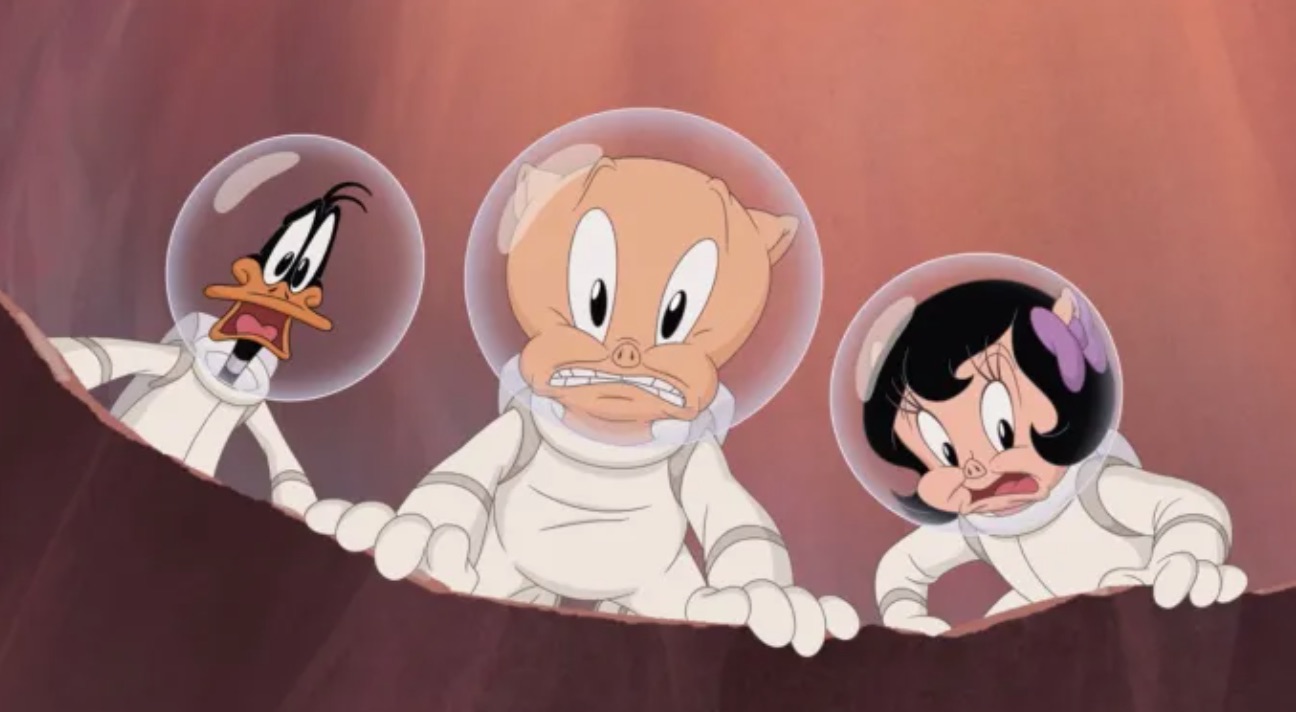Space2Sea Antarctica marks the inaugural voyage in a series produced by FUTURE of SPACE (FoS). This innovative journey blends Earth’s uncharted territories with the inspiring narrative of human curiosity and exploration. It encapsulates the core mission of FoS to: Embrace New Frontiers, Celebrate the Human Experience, and Elevate the Conversation. Student journalist Gabe Castro-Root of American University is chronicling the mission for FoS. You can read his latest dispatch below.
Astronauts, scientists and explorers gathered aboard an Antarctica-bound ship on Friday for a panel discussion aimed at inspiring young people’s curiosity about the ocean, outer space and their own backyards.
Students in 46 countries were set to tune in to the conversation’s live stream, according to Future of Space, the Antarctica expedition organizer. Daniel Fox, co-founder of Future of Space, said it was the first-ever live broadcast from the Drake Passage, the notoriously turbulent stretch of ocean between South America and the Antarctic Peninsula.
Epic Conversations, Space2Sea Live from Antarctica – YouTube 
The speakers — astrophysicist Neil deGrasse Tyson, “Star Trek” actor William Shatner, filmmaker Céline Cousteau and astronauts Scott Kelly and José Hernández — shared stories of their own early interests in exploration and answered questions sent in from students around the world. The panel was moderated by Janet Ivey, host of the children’s television show “Janet’s Planet” on PBS.
Tyson, perhaps the world’s best-known science communicator, said in response to a question from a 15-year-old in Finland that he first realized his knack for explaining complex concepts in eighth grade math class. When students didn’t understand the teacher’s description of a matrix, Tyson tried explaining it in his own way. For the other students, he said, it clicked.
“What I realized is, if I’m ever tasked with explaining something, the job of the person understanding it is on me,” he said. “It’s not their responsibility to know what I’m saying. It’s my responsibility to have them understand.”
He said that commitment to understanding remains the driving force behind the prolific career he has built as a communicator.
“I would rather just stay home in the lab, but I feel a sense of duty to bring the universe down to Earth for all those who are curious, because I can,” Tyson said. “And if I didn’t, it would be disrespect for those who did it for me when I was coming up in the ranks.”
Cousteau highlighted a moment when she encountered a humpback whale while diving off the coast of Hawaii.
“I felt incredibly small, and that sense of feeling incredibly small I wish upon all of you because it really puts you in perspective of what we are,” she said.
But she also emphasized that exploring doesn’t require going deep in the ocean or out to space. “We don’t need to go far away,” she said, adding that curiosity can happen anywhere.
At times, the conversation turned into a lighthearted debate over whether it was more difficult to get to the bottom of the ocean or into space.
And while the focus was primarily on the awe of pushing new frontiers in the name of curiosity, Kelly also explained some of the physical challenges he faced during and after his space missions — rashes, loss of blood volume, legs that would “swell up like water balloons.”
“You’re not being a good ambassador for people to go into space,” Tyson teased him at one point.
A second conversation that afternoon, featuring most of the same speakers and moderated by journalist Ann Curry, focused more on the science, but also practical constraints, behind advances in space travel and the possibility of humans one day colonizing another planet or moon.
“Antarctica is warmer, balmier and wetter than any place on Mars, yet no one’s lining up to build condominiums here,” Tyson said. “To dream is one thing, but at the end of the day somebody’s gotta write the check to make it happen. The people who write the checks have different motivations from those who do the dreaming, and rarely do they align.”
Kelly said his brother, Senator Mark Kelly of Arizona and another former astronaut, often said getting humans to Mars is “not about rocket science, it’s about political science.” Funding and interest from politicians are bigger obstacles than engineering, he said.
“However bad we make this planet, it’s always going to be easier to live here than on Mars,” Kelly said. “But I still do believe we should go to Mars, and I think we will someday.”
Asked by a student from Iran about advice for becoming the first person to travel “to Mars and beyond,” Shatner encouraged young people to use the idea of space travel to inspire them to focus on their education.
Kelly agreed, explaining that he struggled to find motivation in school before he read “The Right Stuff,” the 1979 book by Tom Wolfe that chronicles postwar development of rocket-powered aircraft.
And Hernández, who applied to become an astronaut 11 times before NASA selected him, reminded students to stay persistent and optimistic in the face of daunting challenges.
“I always tell folks that it’s okay to dream big,” he said. “I encourage folks to dream big. But you need to back it up with hard work and preparation.”
This article was provided by Space2Sea Antarctica and FUTURE of SPACE. For more information on the expedition and FoS visit the Space2Sea Antarctica expedition site, and the FUTURE of SPACE initiative.







